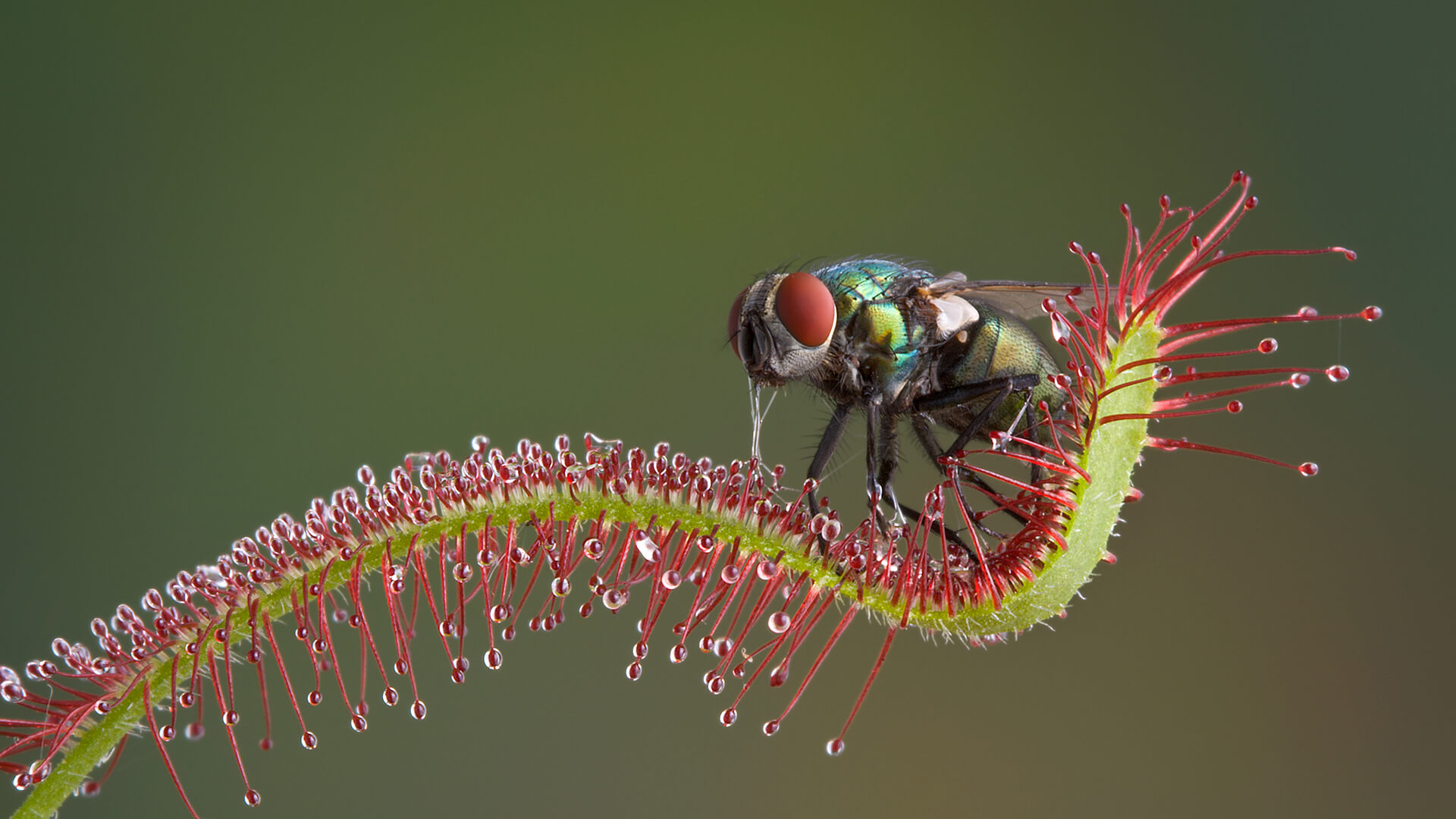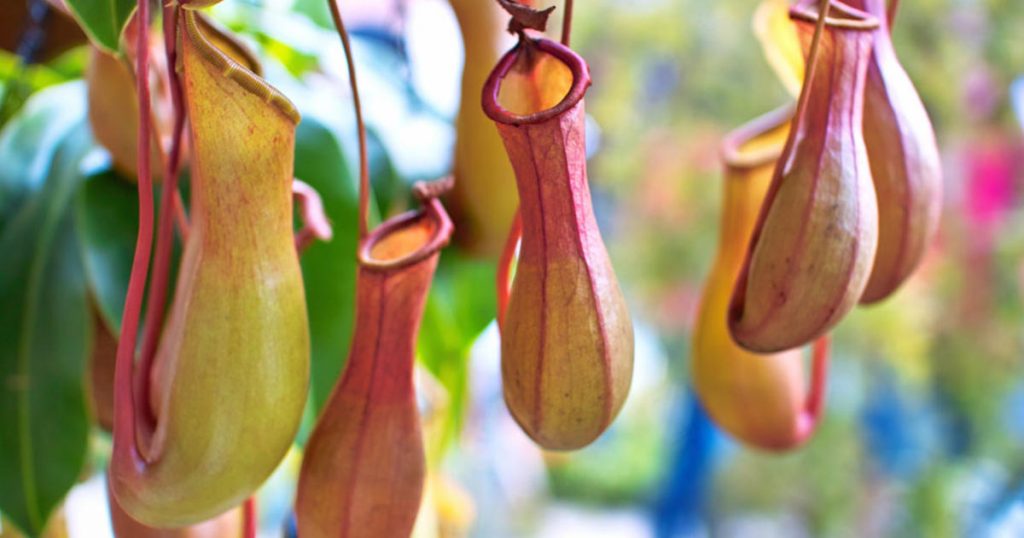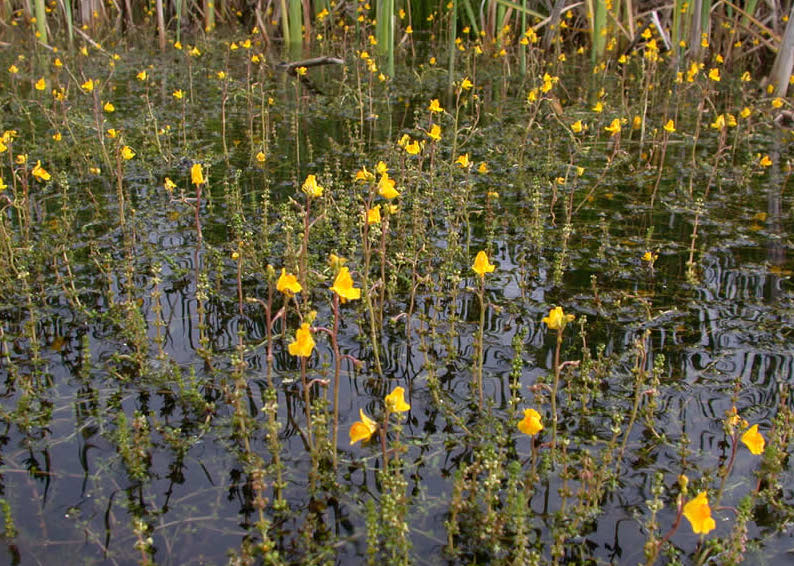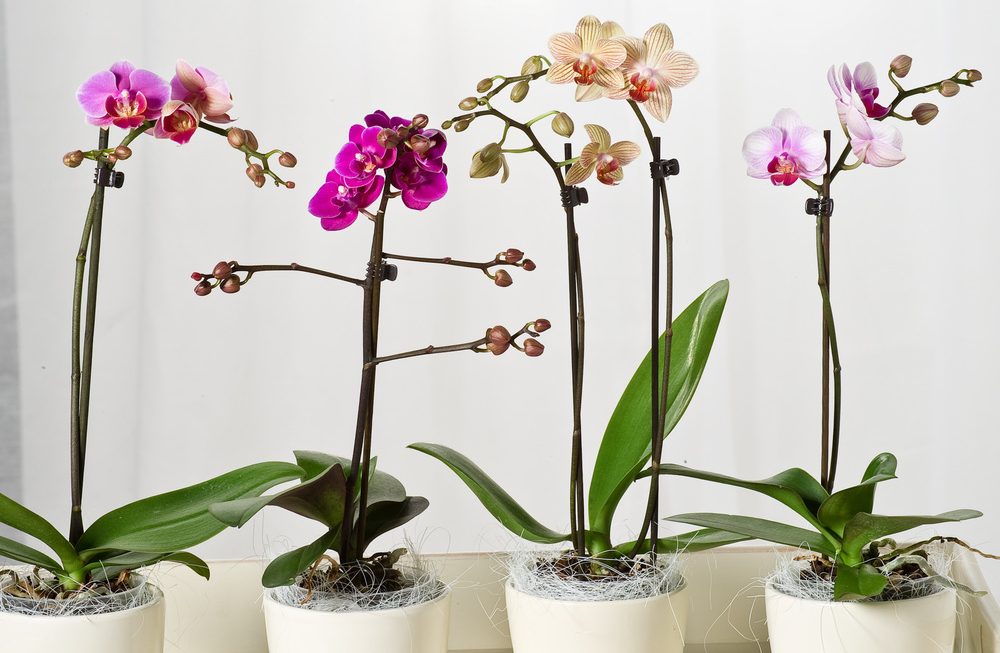Carnivorous plants are a unique and fascinating group of plants that have evolved to capture and digest prey, typically insects and other small organisms. Unlike typical plants, which obtain nutrients from the soil, meat-eaters plants have adapted to nutrient-poor environments by supplementing their diet with animal matter. Here’s an overview covering various aspects of carnivorous plants:
1. Adaptations for Carnivory:
- Traps: Carnivorous plants have developed various types of traps to capture prey. Common types include pitfall traps, snap traps, adhesive traps, and suction traps.
- Modified Leaves: The leaves of carnivorous plants are often modified into specialized structures that act as traps. These structures may have trigger mechanisms or sticky surfaces.
2. Types of Carnivorous Plants:
- Venus Flytrap (Dionaea muscipula): Known for its hinged, snap-trap leaves that close rapidly when triggered.
- Pitcher Plants (Sarracenia, Nepenthes): These plants have pitcher-shaped leaves that trap and digest insects.
- Sundews (Drosera): Characterized by glandular hairs on their leaves that produce a sticky substance to trap and digest prey.
- Bladderworts (Utricularia): Aquatic or semi-aquatic plants with small bladder-like traps that create a vacuum to capture prey.

3. Carnivorous Plant Habitats:
- Carnivorous plants are often found in nutrient-poor soils, such as bogs, marshes, and other wetlands. These environments lack essential nutrients like nitrogen, which the plants obtain from their prey.
4. Nutrient Acquisition for carnivorous:
- While meat-eaters can perform photosynthesis like other plants, they have evolved to extract additional nutrients from the breakdown of captured prey. They absorb nutrients like nitrogen and phosphorus from the digested insects.
5. Mechanisms of Capture:
- Snap Traps: Found in Venus Flytraps, these traps quickly close when sensitive trigger hairs are stimulated.
- Pitcher Traps: In pitcher plants, insects are lured into a tubular structure filled with digestive enzymes and fluid.
- Adhesive Traps: Sundews have sticky hairs that trap insects, and digestive enzymes break down the prey.
- Suction Traps: Bladderworts use small, bladder-like structures that create a vacuum to suck in and capture small aquatic organisms.

6. Life Cycle:
- Carnivorous plants typically follow a life cycle similar to other plants, including flowering and seed production. However, their unique adaptations for nutrient acquisition set them apart.
7. Conservation Concerns:
- Some carnivorous plants face threats due to habitat destruction, over-collection by enthusiasts, and pollution. Conservation efforts are underway to protect these unique species.
8. Cultivation and Care:
- Cultivating carnivorous plants often requires mimicking their natural habitats. This includes providing a nutrient-poor substrate, maintaining proper humidity, and ensuring adequate sunlight.

9. Research and Education:
- Carnivorous plants are subjects of scientific research to understand their evolutionary adaptations and ecological roles. They also serve as educational tools to inspire interest in plant biology.
Carnivorous plants showcase the incredible diversity of strategies that plants can employ for survival in challenging environments. Their unique adaptations continue to captivate botanists, horticulturists, and nature enthusiasts alike.






